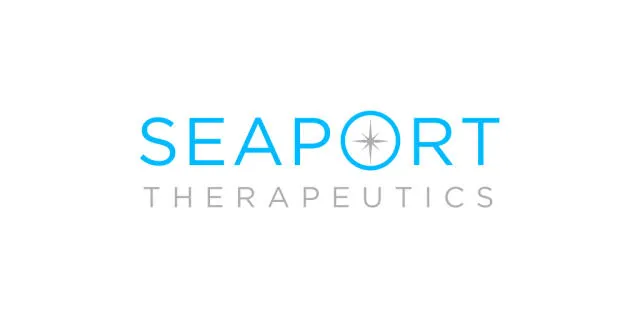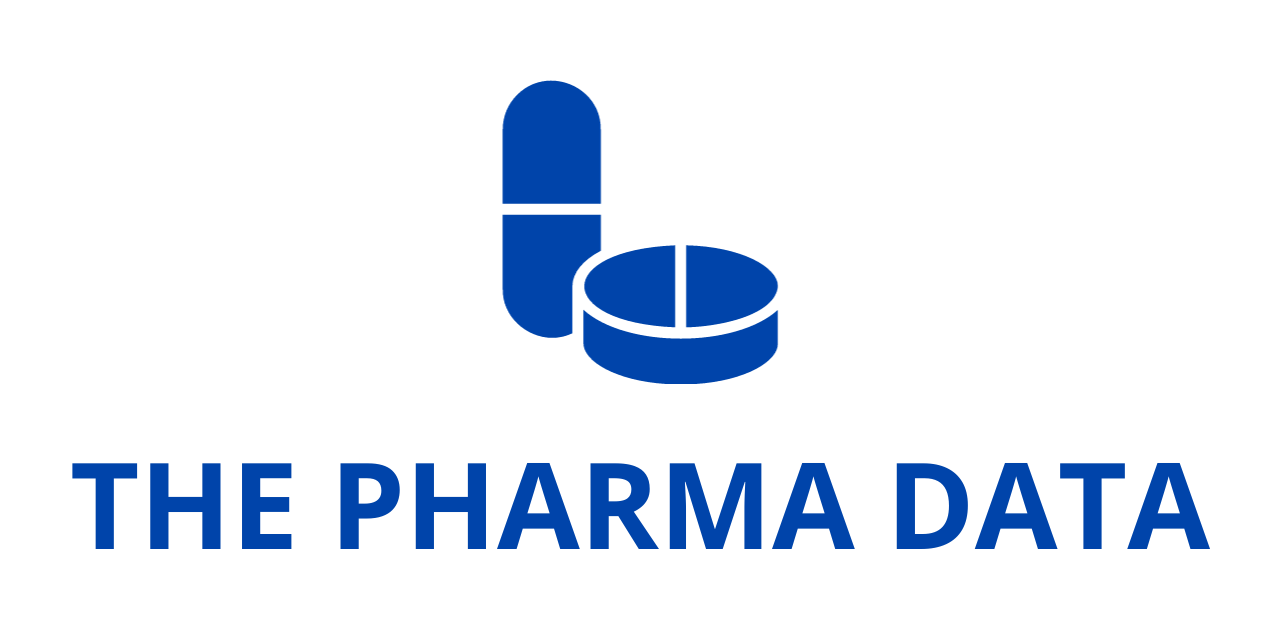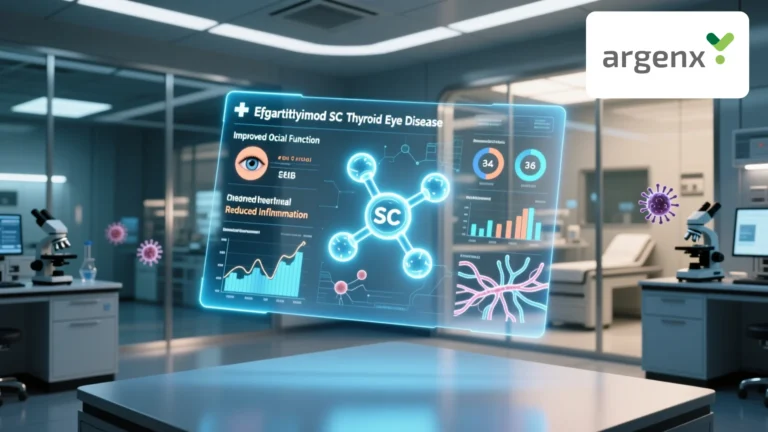
Seaport Therapeutics (“Seaport” or the “Company”), a clinical-stage biopharmaceutical company specializing in novel neuropsychiatric medicines, has announced the publication of groundbreaking research on its Glyph™ platform. The study, published in Molecular Pharmaceutics, highlights the platform’s unique ability to improve drug transport through the lymphatic system, thereby enhancing therapeutic exposure.
The research marks a significant milestone in understanding how prodrug attachment points impact lymphatic transport and targeted drug delivery. This breakthrough further validates the Glyph platform’s ability to optimize drug bioavailability and improve treatment outcomes, particularly for immunomodulatory drugs that require precise delivery to the immune system.
Key Findings of the Study
The newly published study explored how modifying mycophenolic acid (MPA), an immunomodulatory drug, could enhance its absorption through the lymphatic system. The research focused on comparing distinct attachment points on the MPA molecule and their impact on drug transport and release in the lymph nodes.
Optimized Drug Attachment for Enhanced Absorption
A significant finding from the study was the discovery that a phenol attachment point resulted in the highest lymphatic transport of MPA reported to date—approximately 55 percent. This modification also led to a two-fold increase in drug release within the lymph nodes compared to a previously examined acid attachment point.

Impact of Linker Characteristics
The research also underscored the importance of linker characteristics in determining the extent of lymphatic transport and release. By fine-tuning the structure of the prodrug, researchers demonstrated that they could significantly enhance its ability to reach the intended targets within the immune system. This discovery reinforces the importance of a tailored prodrug design approach to optimize therapeutic outcomes.
Expert Insights on the Study
Christopher Porter, Ph.D., an original co-inventor of the Glyph technology and Director of the Monash Institute of Pharmaceutical Sciences at Monash University, emphasized the broader implications of these findings.
“This research expands our understanding of lymphatic delivery and offers new insights for more effectively designing drugs with higher exposures at their intended targets, including immunomodulatory drugs used to treat a wide range of diseases,” said Dr. Porter. “This study highlights the importance of integrating a careful and individualized balance of intestinal stability, transport efficiency, and release in the mesenteric lymph nodes to maximize therapeutic exposures as part of a tailored prodrug design approach.”
How the Glyph™ Platform Works
Seaport’s Glyph platform leverages a unique approach to drug absorption, mimicking the way dietary fats are transported through the intestinal lymphatic system before entering circulation. This mechanism bypasses first-pass metabolism, which is responsible for the rapid breakdown of certain drugs in the liver, often leading to low bioavailability and unwanted side effects.
Overcoming Drug Delivery Challenges
Many therapeutic molecules, particularly those with high first-pass metabolism, suffer from limited effectiveness due to rapid degradation in the liver. The Glyph platform addresses this issue by guiding drugs through the lymphatic system, ensuring higher bioavailability and reducing the potential for liver-related side effects such as enzyme elevations and hepatotoxicity.
Broad Applications Across Therapeutic Areas
Although Seaport’s primary focus is on neuropsychiatric medicines, the Glyph platform has the potential to be applied to a wide range of drug classes, including immunomodulators, cancer therapies, and anti-inflammatory agents. The ability to enhance drug delivery to the immune system makes Glyph an attractive solution for conditions that require targeted immunotherapy.
Seaport’s Collaboration with Monash University
Seaport Therapeutics holds the exclusive license to the Glyph platform, which was developed through pioneering research conducted by the Porter Research Group at Monash University. The collaboration between Seaport and Monash University has been instrumental in advancing the platform from preclinical research to clinical validation.
Jamie Simpson, Ph.D., a co-inventor of the technology and now Head of Chemistry at Seaport Therapeutics, played a crucial role in the development of the Glyph platform. His expertise in prodrug chemistry has helped refine the technology to optimize drug transport and therapeutic effectiveness.
Industry Perspectives on the Glyph Platform
The Glyph platform’s innovative approach has garnered significant attention in the biopharmaceutical industry. Many experts believe that lymphatic-targeted drug delivery could revolutionize the treatment of diseases that require precise immune system modulation.
A Step Forward in Personalized Medicine
The ability to fine-tune drug attachment points and transport mechanisms aligns with the growing trend toward personalized medicine. By designing drugs that leverage the body’s natural absorption pathways, companies like Seaport are paving the way for more effective and targeted therapies.
Validation and Future Potential
Seaport’s commitment to clinical validation has already yielded promising proof-of-concept data in humans. The next phase of development will involve expanding the application of the Glyph platform to additional therapeutic areas beyond neuropsychiatry.
“Our Glyph platform allows for a bespoke design approach, and this research reinforces the significance of the innovation behind our prodrug chemistry technology,” said Daniel Bonner, Ph.D., Co-founder and Senior Vice President, Platform, at Seaport Therapeutics. “Most importantly, Glyph has been clinically validated with demonstrated proof-of-concept data in humans and is being applied across Seaport’s pipeline of novel neuropsychiatric medicines, with enormous potential across a broad range of applications beyond CNS and neuropsychiatry.”




